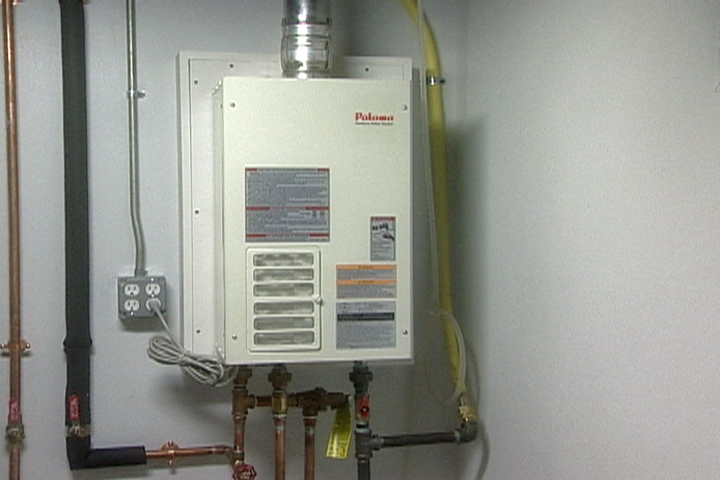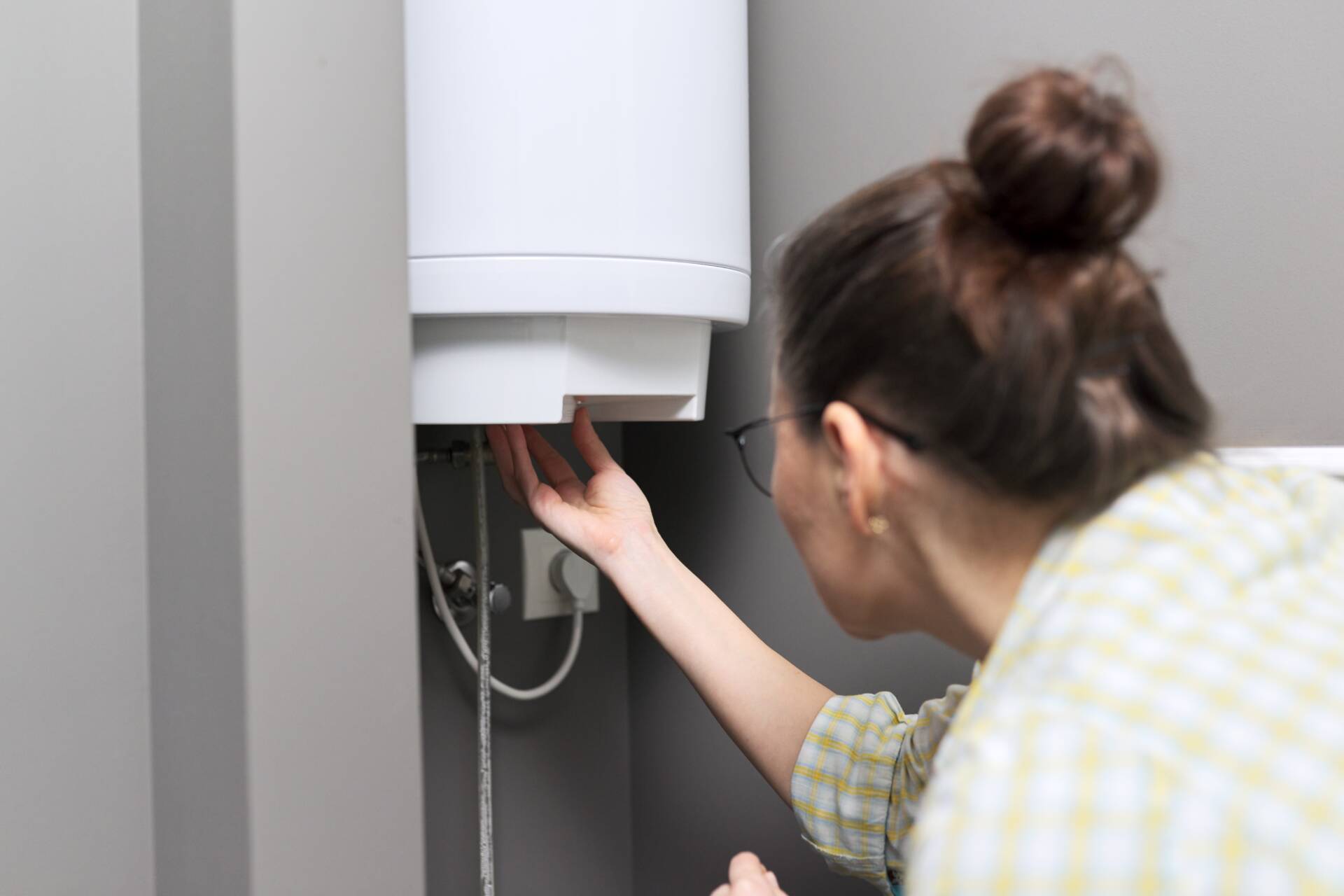Ways to Maintain Your Home's Hot Water System in Good ConditionEffective Techniques for Caring for Your Home's Hot Water SystemImportant Care Techniques for Your Home's Hot Water System
Get QuoteWhat're your concepts about Water Heater Maintenance Tips You Can't Afford to Forget?

Warm water is crucial for daily comfort, whether it's for a revitalizing shower or washing dishes. To ensure your hot water system runs successfully and lasts longer, regular maintenance is essential. This post gives practical suggestions and insights on exactly how to maintain your home's warm water system to avoid disruptions and expensive fixings.
Intro
Maintaining your home's hot water system might appear challenging, but with a couple of basic steps, you can guarantee it runs efficiently for many years to come. This guide covers whatever from recognizing your hot water system to do it yourself upkeep suggestions and recognizing when to hire expert assistance.
Significance of Maintaining Your Hot Water System
Normal maintenance not only expands the life-span of your hot water system but likewise guarantees it runs efficiently. Neglecting maintenance can bring about decreased effectiveness, greater power bills, and even premature failure of the system.
Indications Your Warm Water System Demands Maintenance
Understanding when your hot water system needs attention can avoid major issues. Look out for signs such as irregular water temperature, odd sounds from the heating system, or rusty water.
Purging the Hot Water Heater
Flushing your hot water heater gets rid of debris buildup, boosting performance and extending its life.
Checking and Replacing Anode Rods
Anode poles stop corrosion inside the container. Examining and changing them when broken is crucial.
Complicated Issues Calling For Expert Help
Instances include significant leaks, electrical troubles, or if your hot water heater is consistently underperforming.
Regular Expert Upkeep Perks
Professional upkeep can include extensive evaluations, tune-ups, and making certain compliance with safety and security requirements.
Inspecting and Changing Temperature Level Setups
Adjusting the temperature level setups makes certain optimal efficiency and safety.
Do It Yourself Tips for Maintenance
You can perform several maintenance tasks yourself to maintain your warm water system in top problem.
Checking for Leakages
Regularly check pipelines and connections for leakages, as these can bring about water damage and greater costs.
Comprehending Your Warm Water System
Prior to diving into maintenance jobs, it's helpful to comprehend the standard parts of your hot water system. Normally, this includes the water heater itself, pipelines, anode poles, and temperature controls.
Regular Monthly Maintenance Tasks
Routine month-to-month checks can help catch minor problems prior to they rise.
Testing Stress Relief Valves
Checking the stress safety valve ensures it works correctly and stops too much stress build-up.
Insulating Pipes
Protecting warm water pipelines minimizes warmth loss and can save energy.
When to Call a Professional
While DIY upkeep is beneficial, some issues need specialist expertise.
Conclusion
Regular maintenance of your home's hot water system is vital for effectiveness, durability, and price savings. By complying with these ideas and understanding when to look for expert assistance, you can guarantee a reliable supply of hot water without unexpected disruptions.
Water Heater Maintenance: The Basics
Maintaining your water heater will ensure it operates efficiently and has a longer lifespan. Neglecting regular maintenance can lead to costly repairs and an even bigger chunk of your savings if you have to replace it sooner than necessary. But there’s good news: Most water heater maintenance tasks are relatively simple and easy for homeowners with basic DIY skills.
Flush the Water Heater
Over time, sediment and minerals can build up in the tank, reducing its efficiency and potentially causing damage. To flush the tank, turn off the power or gas supply, attach a hose to the drain valve near the bottom and open the valve to drain the water until it runs clear. Ideally, flush the tank annually.
Replace the Anode Rod
The anode rod is a sacrificial metal rod that helps prevent corrosion inside the tank. Inspect and replace it every three to five years or per the manufacturer's recommendation. To replace the anode rod, turn off the power or gas supply, drain a few gallons of water from the tank, unscrew the old rod and replace it with a new one. If the anode rod is significantly corroded or covered in calcium buildup, it's a sign the water heater may need to be replaced soon.
Tune-Up
A yearly tune-up can help identify potential issues and ensure your water heater operates at peak efficiency. This typically involves checking the thermostat, burner assembly (for gas heaters) and any other components specified by the manufacturer. During a tune-up, the technician may also clean the burner and adjust the pilot light (for gas heaters) or examine the heating elements (for electric heaters).
How to Maintain Your Water Heater
Insulate the tank. Insulating the tank can improve energy efficiency and reduce heat loss, saving you money on energy bills. You can purchase precut insulation blankets designed specifically for water heaters or use standard fiberglass insulation wrapped securely around the tank. Check the temperature. The recommended water temperature for most households is around 120 degrees Fahrenheit (49 degrees Celsius). Higher temperatures can increase energy costs and potentially cause scalding. Use a kitchen thermometer to check the temperature at the faucet nearest the water heater. Monitor water pressure. Excessive water pressure can strain the water heater and cause leaks or even tank failure. Install a pressure-reducing valve if necessary. The ideal water pressure range is between 60 and 70 PSI (pounds per square inch). Test the temperature and pressure (T&P) relief valve. The T&P relief valve is a safety feature that releases pressure if the tank gets too hot or the pressure builds up too high. Test it annually by lifting the lever and allowing a small amount of water to release. Replace the valve if it doesn't release water or reseal properly. Check for leaks. Regularly inspect the tank, pipes and fittings for leaks or corrosion. Deal with issues promptly to prevent further damage. Even a small leak can lead to significant water damage over time. Consider a tankless water heater. If your traditional tank-style water heater is nearing the end of its lifespan ( typically 10 years), consider replacing it with a tankless water heater. These units heat water on demand, reducing standby energy losses and potentially saving you money on your energy bills. Schedule professional maintenance. While homeowners can perform many water heater maintenance tasks, it's still a good idea to schedule professional maintenance every few years. A plumber or HVAC technician can thoroughly inspect the unit, identify potential issues and ensure it operates safely and efficiently. https://www.homeserve.com/en-us/blog/home-improvement/hot-water-heater-maintanence/

As an avid reader on How to Maintain a Hot Water Heater in a Few Simple Steps, I think sharing that excerpt was sensible. Please take the time to distribute this write-up if you enjoyed it. We take joy in your readership.
Call Today